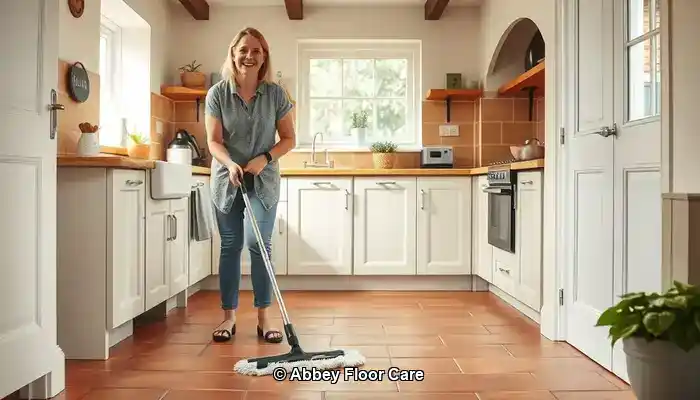Last Updated on September 29, 2025, by David
Essential Insights for Maintaining Your Terracotta Flooring
-
- Terracotta’s Porous Nature makes it susceptible to quick dirt absorption, particularly in humid environments like Surrey.
- Importance of Sealing to safeguard against moisture and dirt penetrating the tile surface.
- Consistent maintenance is crucial—daily sweeping and weekly mopping using pH-neutral cleaners will help maintain the tile's aesthetic.
- <b>Avoid Harsh Chemicals</b> and steam mops, as they can compromise the sealant and damage the tile surface.
- Eco-friendly Cleaning Products are particularly advantageous in homes with pets or children.
- Utilising Professional Restoration Services can provide deep cleaning and resealing for long-lasting protection.
- Strategically Placing Rugs and Mats in high-traffic areas can significantly minimise dirt accumulation.
- <b>Effective Moisture Management</b> is essential—ensuring proper ventilation and promptly cleaning up spills can prevent stains and mould growth.
What Causes Terracotta to Become Dirty So Quickly?
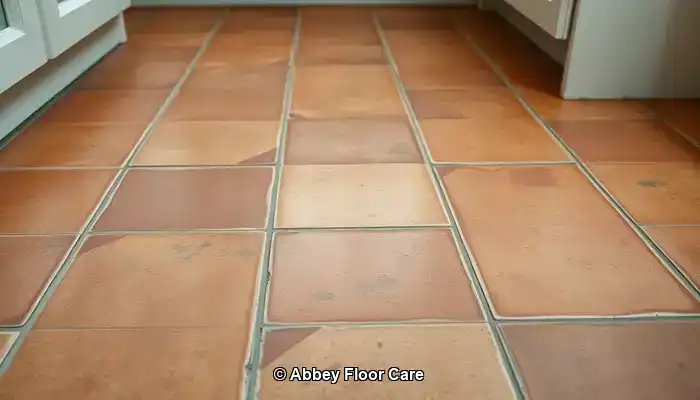
Dirty Terracotta? Tips for Keeping It Clean Longer: Terracotta tiles are a stunning choice for flooring, especially in traditional or rustic-style homes throughout Surrey. Their rich tones and natural texture enhance the character of any room. However, despite its aesthetic appeal, terracotta is well known for its tendency to become dirty quickly. Understanding the reasons behind this phenomenon is the first crucial step towards maintaining a clean and attractive floor.
Expert Tip: Recommended Products for Daily Terracotta Cleaning
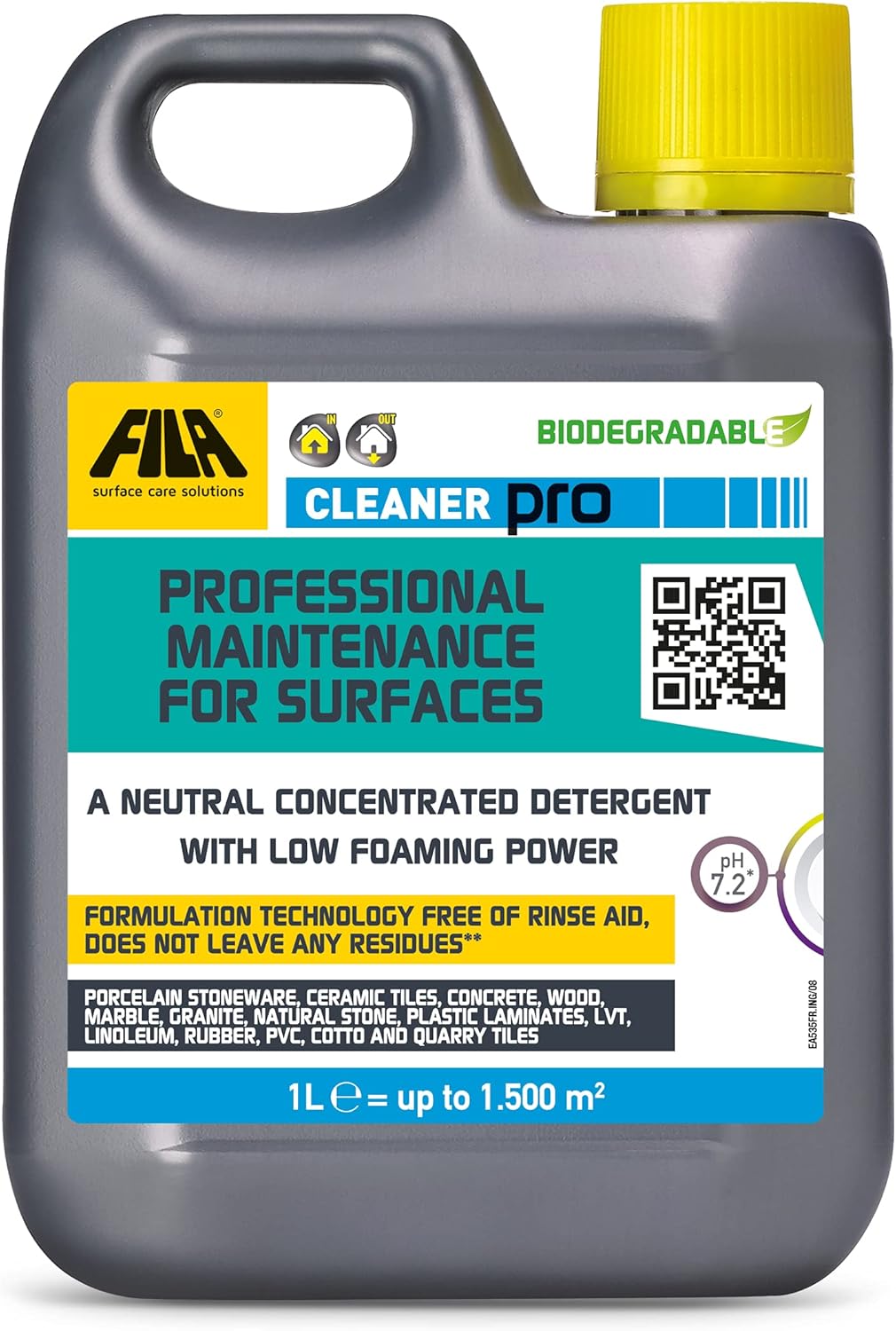
Fila Pro Floor Cleaner
|
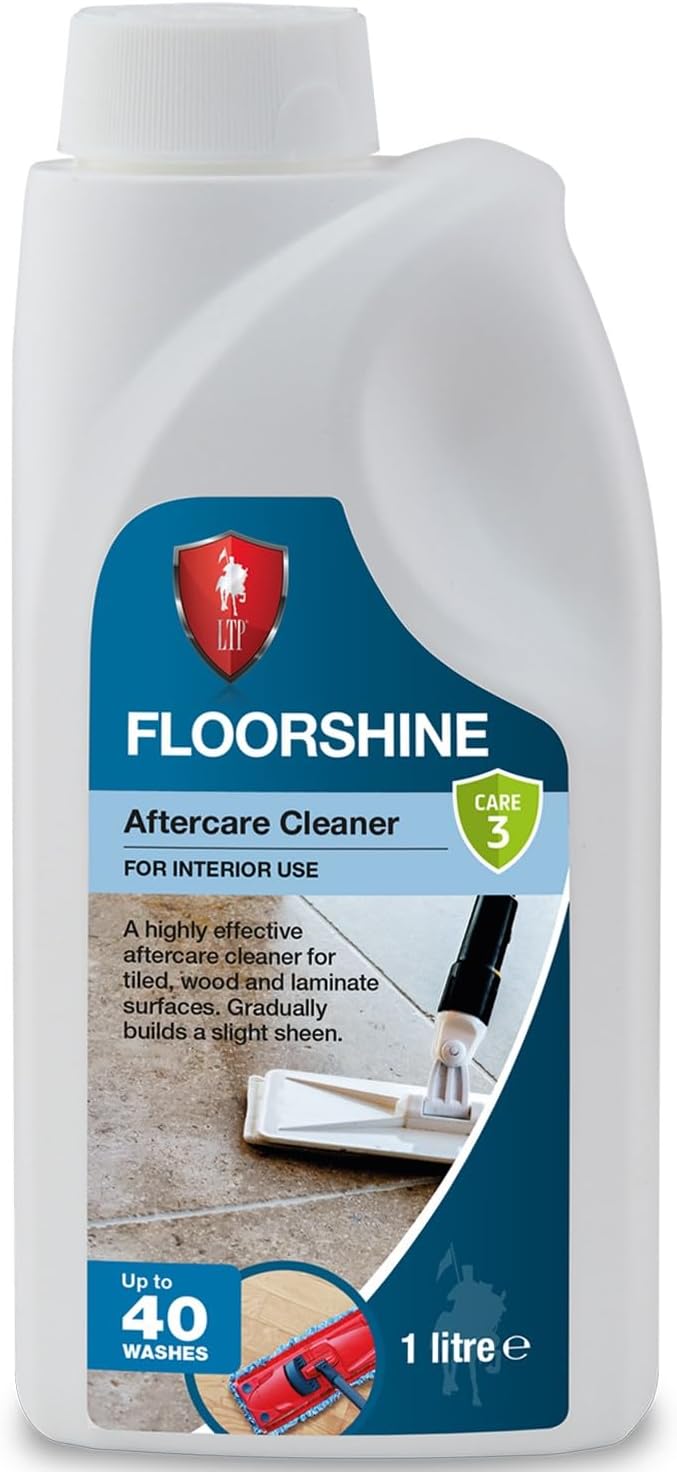
LTP Floorshine
|
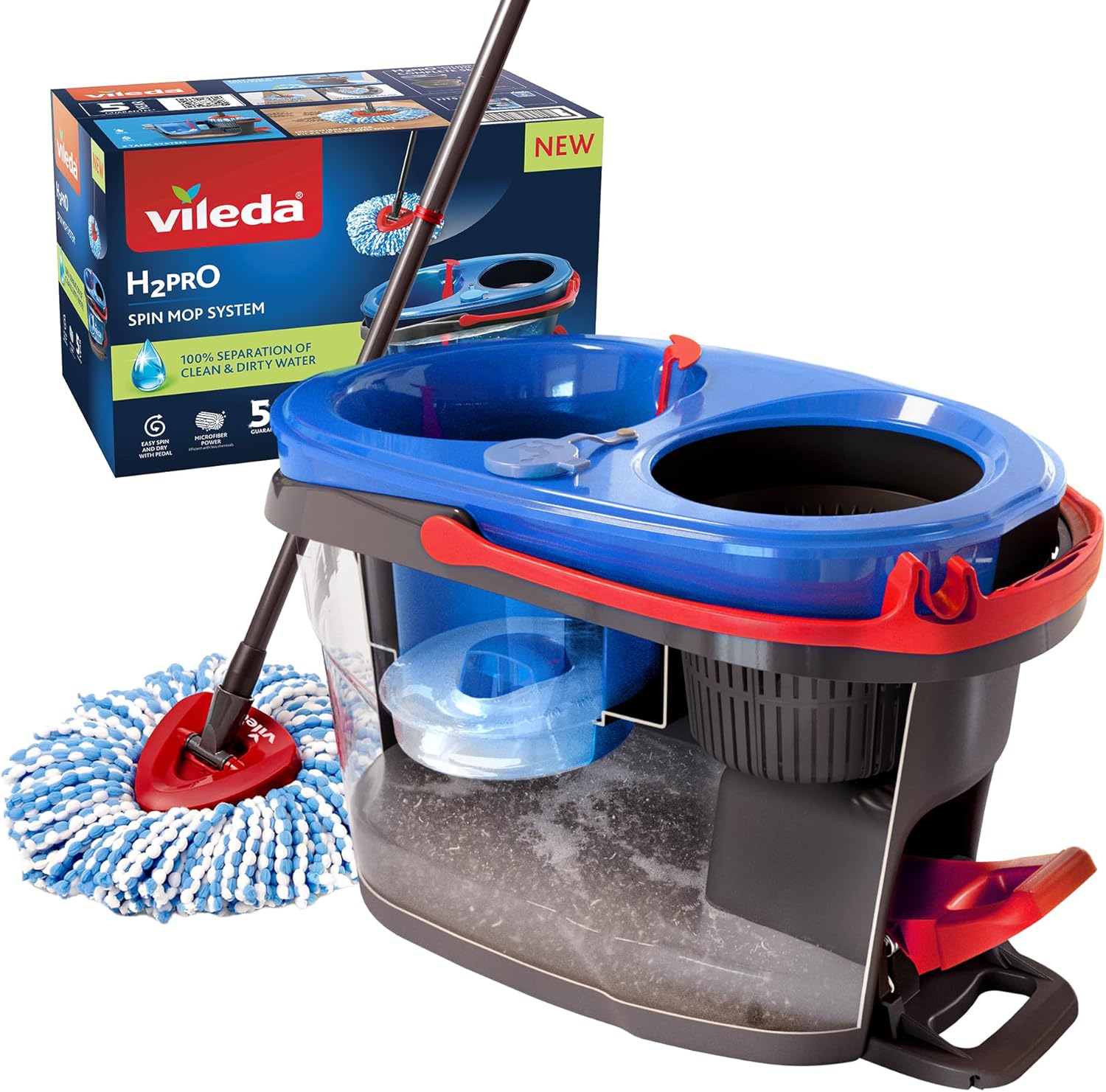
Vileda H2PrO Spin Mop System
|
Understanding Porosity: The Hidden Challenge
Terracotta is crafted from natural clay and fired at relatively low temperatures compared to other types of tiles. This manufacturing process results in a highly porous surface, enabling it to absorb soil and dirt, much like a sponge. In everyday use, this inherent porosity allows grime to settle deep within the tile, making it increasingly difficult to clean using standard methods.
Unsealed terracotta is particularly susceptible to damage. Without a protective layer, even minor spills or muddy footprints can leave behind stubborn marks. Over time, this can lead to a dull, stained appearance that is difficult to restore without professional intervention.
How Surrey's Climate Affects Terracotta Cleanliness
The climate in Surrey significantly influences how quickly terracotta floors accumulate dirt. The region's frequent rainfall and damp conditions result in increased moisture being tracked indoors, particularly in entryways and conservatories.
Properties situated near wooded areas or gardens face an even greater risk. Soil, pollen, and organic debris can easily transfer to terracotta surfaces, especially if footwear is not removed at the entrance.
What Daily Habits Contribute to Faster Dirt Accumulation?
In addition to environmental factors, daily habits can exacerbate the issue. Using inappropriate cleaning products—such as acidic solutions or bleach—can strip protective coatings and damage the tile surface. Steam mops, while convenient, often force moisture deeper into the tile, worsening the problem.
Areas with heavy foot traffic, such as kitchens and hallways, naturally experience more wear. Without diligent sweeping and mopping, dirt can accumulate rapidly and become ingrained within the tile's texture.
Effective Strategies for Maintaining Cleaner Terracotta
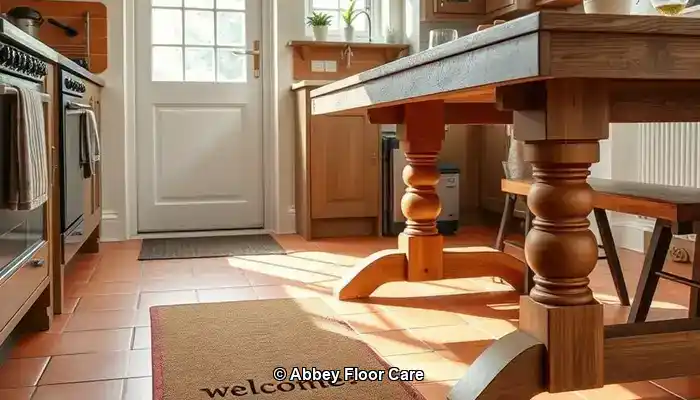
Maintaining the cleanliness of terracotta floors goes beyond merely reacting to visible dirt—it involves proactive measures to prevent grime from settling in the first place. In Surrey, where damp weather and garden traffic are common, careful, consistent care is paramount for preserving the natural beauty of terracotta tiles.
Sealing: Your Primary Protective Measure
The most effective way to prevent terracotta from becoming quickly dirty is to ensure it is properly sealed. A high-quality, breathable sealant forms a protective barrier that repels moisture, oils, and dirt. For properties in Surrey, where humidity levels tend to fluctuate, sealing is vital to prevent water absorption that can lead to staining and mould growth.
Experts suggest resealing terracotta every 12 to 18 months, depending on foot traffic and environmental exposure. In areas such as kitchens, hallways, and conservatories—where daily use is common—more frequent sealing may be necessary. Always opt for a sealant specifically designed for porous stone and steer clear of glossy finishes, as these can trap dirt on the surface.
Smart Design Choices: Utilising Rugs and Mats
Placing rugs and mats strategically can significantly reduce the amount of dirt that comes into contact with your terracotta tiles. Heavy-duty doormats at entrances are effective at capturing mud and moisture before they can spread indoors in high-traffic zones like hallways or beneath dining tables. Area rugs act as a protective buffer against wear and tear.
For rooms connected to the outdoors, consider using washable runners that can be cleaned regularly. These not only help preserve the tiles but also add warmth and style to your living space.
Effective Moisture Management in Surrey Homes
Surrey's climate is characterised by its frequent rainfall and damp conditions, which can accelerate the accumulation of dirt on terracotta. To mitigate this issue, use dehumidifiers in enclosed spaces and ensure proper ventilation throughout your home. Immediate cleanup of spills and avoiding leaving wet items—such as shoes or towels—on the flooring can also help.
If your terracotta is located in a conservatory or garden room, consider installing blinds or UV filters to minimise condensation and prevent sun damage. These small adjustments can greatly influence the longevity and appearance of your tiles over time.
By integrating sealing, thoughtful design choices, and effective moisture control, homeowners in Surrey can significantly reduce the speed at which terracotta floors accumulate dirt. In the following section, we will explore the best cleaning practices to maintain that pristine, natural look day after day.
Optimal Cleaning Techniques for Terracotta Tiles
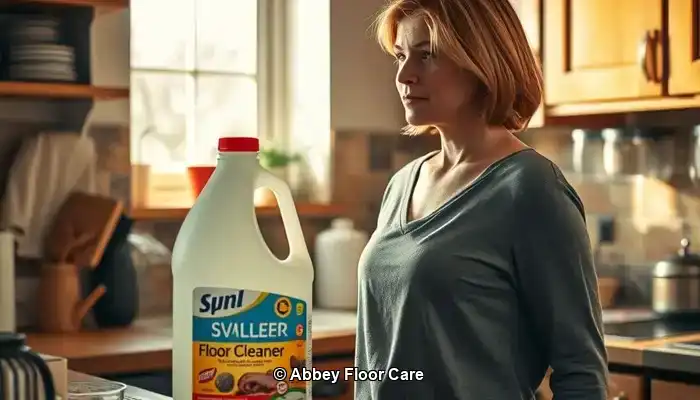
Even with proper sealing and preventative measures in place, terracotta floors require regular maintenance to uphold their natural beauty. The key lies in employing the correct techniques and products that effectively clean the surfaces without compromising the intricate, porous nature of the tiles.
Establishing a Daily and Weekly Maintenance Routine
In homes across Surrey, where outdoor elements frequently find their way inside, daily sweeping or vacuuming is essential. Use a soft-bristle broom or a vacuum with a hard-floor setting to remove dust, grit, and organic debris before it settles into the tile.
For weekly cleaning, mop with warm water and a pH-neutral cleaner specifically designed for natural stone. It is advisable to avoid soaking the floor—damp mopping is the most effective method. Excess moisture can seep into the tile, leading to staining or mould growth, particularly in older or inadequately sealed installations.
Choosing the Right Cleaning Products
Select cleaning products that are both gentle and effective. Look for labels that specify “stone-safe,” “non-acidic,” or “pH-neutral.” In Surrey, where there is a growing awareness of eco-friendly living, many homeowners opt for biodegradable cleaners that are safe for use around pets and children.
Steer clear of multi-surface cleaners containing bleach, ammonia, or citrus extracts. These substances can strip away sealants and etch the terracotta, making it more vulnerable to future staining.
For stubborn stains, use a soft cloth along with a diluted solution of stone cleaner. Never scrub with abrasive pads or wire brushes, as they can scratch the surface and complicate future cleaning.
What Cleaning Methods Should Be Avoided? Harsh Chemicals and Steam
Although steam mops may appear convenient, they are not suitable for terracotta. The high temperatures and moisture can compromise the sealant and weaken the tile over time. Similarly, acidic cleaners such as vinegar or lemon juice—even when diluted—can erode tile surfaces and cause discolouration.
Stick to gentle cleaning methods, and always test new products on a small, inconspicuous area before using them on the entire floor.
Comparing Professional Care with DIY Methods for Terracotta Maintenance
When it comes to maintaining terracotta floors, many homeowners in Surrey start with DIY cleaning methods. While regular sweeping and mopping can be beneficial, there comes a point where professional assistance becomes not just advantageous, but necessary.
When Should You Consider Hiring a Surrey-Based Tile Specialist?
If your terracotta tiles are displaying signs of deep staining, uneven colour, or surface wear, it may be time to seek expert assistance. Professional tile care specialists in Surrey utilise advanced equipment and stone-safe products that can penetrate deeper than standard household cleaners. They can also evaluate whether your sealant has deteriorated and suggest an appropriate resealing schedule tailored to your home’s specific conditions.
Restoration services typically encompass deep cleaning, stain removal, and reapplication of breathable sealants that protect the tiles without altering their natural aesthetic. For older or heritage properties, specialists can even replicate the original finish to maintain authenticity.
Weighing the Cost Against Longevity: Is Professional Care Worth It?
While DIY cleaning methods may seem more cost-effective, they often provide only short-term results. Without proper sealing and comprehensive cleaning, dirt continues to accumulate, necessitating more frequent maintenance and risking permanent damage.
On the other hand, professional care extends the lifespan of your terracotta floors. A single restoration session can rejuvenate colour, eliminate embedded grime, and safeguard the surface for months or potentially years. In high-traffic areas, such as kitchens or hallways, this investment pays dividends in reduced maintenance requirements and enhanced aesthetic appeal.
Homeowners in Surrey who prioritise long-term property care and curb appeal frequently find that expert services provide both peace of mind and superior results. Additionally, many local providers offer eco-friendly options and tailored maintenance plans suited to your lifestyle.
Eco-Conscious and Safe Cleaning Solutions for Terracotta
The earthy charm of terracotta deserves equally natural cleaning methods. For residents in Surrey who wish to maintain their floors without compromising health or environmental sustainability, eco-friendly cleaning is the optimal choice. Fortunately, contemporary products and techniques make it effortless to care for your tiles—and your home—without relying on harsh chemicals.
Non-Toxic Sealants and Cleaning Solutions
Conventional sealants often contain solvents that emit volatile organic compounds (VOCs), which can linger in indoor air and impact air quality. Modern eco-friendly alternatives use water-based formulas that are low in VOCs and safe for use around children and pets.
When selecting a cleaner, seek out products labelled “biodegradable,” “plant-based,” or “stone-safe.” These solutions are specifically formulated to lift dirt while preserving the delicate surface of terracotta. Brands specialising in natural stone care often provide concentrated formulas that can be diluted for everyday use, reducing waste and packaging.
Safe Alternatives for Homes with Pets and Children
In bustling Surrey households, ensuring safety is as crucial as maintaining cleanliness. Avoid bleach, ammonia, and acidic cleaners such as vinegar, which can damage tiles and pose risks to pets and young children. Instead, select gentle formulas derived from coconut oil derivatives, citrus enzymes, or mineral-based ingredients.
For those who enjoy DIY solutions, a simple blend of warm water and a few drops of castile soap can be surprisingly effective for light cleaning. Just be sure to test any homemade concoction on a small area first to confirm it does not affect the sealant or finish.
Adopting Sustainable Cleaning Practices
Eco-friendly maintenance is not solely about the products employed; it also encompasses the cleaning habits adopted: Utilise reusable microfiber cloths and mops in place of disposable pads. Regular sweeping can significantly decrease the need for frequent wet cleaning. When resealing, opt for products with recyclable packaging and minimal environmental impact.
Many floor care professionals in Surrey now offer green cleaning packages, using certified non-toxic products and sustainable methods. If you’re unsure where to begin, booking a consultation with a local expert can help you establish a routine that is both effective and eco-conscious.
Ensure Your Terracotta Floors Remain in Pristine Condition
Terracotta flooring brings warmth, character, and timeless appeal to homes in Surrey; however, its porous nature necessitates careful maintenance to keep it clean and vibrant. By understanding why terracotta tiles become dirty quickly, ensuring proper sealing, and implementing effective cleaning practices, you can significantly reduce grime accumulation and prolong the lifespan of your tiles.
Whether you are managing a busy household or restoring an old property, consistency is key. Daily sweeping, utilisation of pH-neutral cleaning solutions, and seasonal resealing are all vital for maintaining the tiles’ pristine condition. If stains or wear become apparent, do not hesitate to enlist the services of a local specialist for professional restoration.
Utilising eco-friendly products and safe cleaning routines ensures your floors remain beautiful without compromising your health or the environment. With the right approach, terracotta can remain a stunning feature of your home for many years to come.
Ready to protect your floors intelligently? Contact us today for expert terracotta maintenance tailored to Surrey's unique conditions. Let us help you keep your home looking its absolute best—naturally.
Frequently Asked Questions Regarding Terracotta Maintenance
Terracotta floors are timeless; however, they require specific care. Below are answers to the most commonly asked questions by homeowners in Surrey seeking to maintain their tiles in a clean, protected, and beautiful state.
How Frequently Should I Reseal My Terracotta Tiles?
In most Surrey homes, terracotta should be resealed every 12 to 18 months. However, this timeframe can vary based on foot traffic, exposure to moisture, and whether the tiles are indoors or outdoors. Kitchens, hallways, and conservatories may require more frequent resealing. If your tiles begin absorbing water or appear dull, it is time to reseal.
Can I Use Vinegar or Bleach on Terracotta?
No—vinegar, bleach, and other acidic or harsh cleaners can cause damage to terracotta. These substances break down sealants and etch the tile surface, resulting in permanent discolouration. Always opt for pH-neutral, stone-safe cleaners specifically designed for porous flooring.
What is the Best Mop for Cleaning Terracotta Floors?
A microfiber mop is the most suitable choice. It effectively captures dust and dirt without scratching the surface and uses minimal water—an essential factor for porous tiles like terracotta. Avoid sponge mops or steam mops, which can oversaturate the tile and weaken the sealant.
Is It Safe to Use DIY Cleaning Solutions?
Yes, but with caution. A mild mixture of warm water and castile soap can be effective for light cleaning. Always test any homemade solution on a small, inconspicuous area first. Steer clear of anything acidic or abrasive, and never apply homemade cleaners to unsealed tiles.
What Steps Should I Take If My Tiles Are Already Stained?
If stains are already present, professional restoration is the most effective course of action. Tile care specialists based in Surrey can conduct deep cleaning, eliminate embedded grime, and reseal the surface to restore the tile’s original colour and texture. DIY methods may exacerbate damage if the wrong products are used.
The Article: Tired of Dirty Terracotta? How to Keep It Clean Longer was first found on https://www.abbeyfloorcare.co.uk
